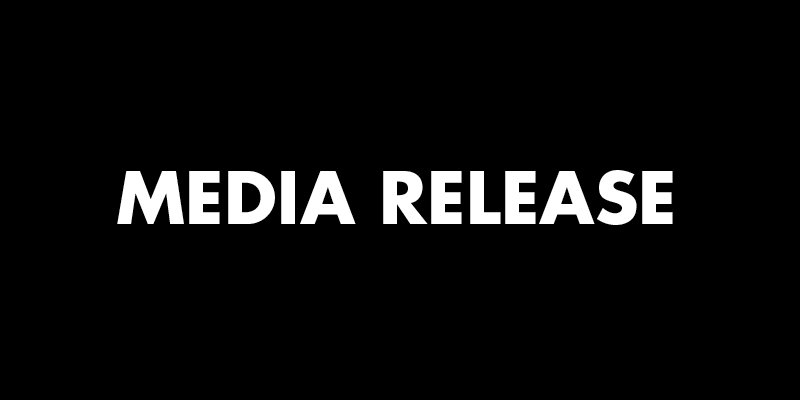Visual arts sector urgently requires crisis funding
Urgent measures are needed to ensure hard-hit artists and arts workers have access to vital financial support.
Urgent measures are needed to ensure hard-hit artists and arts workers have access to vital financial support.

The National Association for the Visual Arts (NAVA) has written to the federal, state and territory governments calling for greater support and recognition of Australia’s visual arts, craft and design industry to ensure eligibility and inclusion in vital financial support in this time of economic crises.
The visual arts sector urgently requires crisis funding, the creation of a federal government-backed business interruption insurance scheme, and national commissioning and new work fund to build resilience and confidence for artists and art workers.
“It is time for a different discussion,” said Mimi Crowe, Co-Director of NAVA. “It is time to talk about how artists, arts workers and visual arts organisations are valued in Australia.”
Data released from the national survey, I Lost My Gig, reveals many artists and arts workers remain ineligible for existing emergency support schemes. According to the survey, 823 visual arts events or shows have been cancelled since July 2021, equating to $1.65 million in lost income. The survey results also found that just 33% of respondents were eligible for federal COVID relief packages and only 16% for state packages.
“An artist's career often relies on many short-term commissions or project-based work and largely their incomes are low and intermittent as they work project to project,” said Penelope Benton, Co-Director of NAVA.
“This precarity, compounded with the impacts of rolling lockdowns, uncertainty in the workforce, and ineligibility for income support packages has left visual artists and arts workers some of the most vulnerable and adversely affected in the pandemic.”
“We welcome the funding allocated by the state and federal governments to date, updates to the RISE Fund criteria, and recent increases to eligibility for existing support schemes,” said Penelope Benton. “However, many artists and arts workers will still be ineligible for existing schemes."
NAVA is calling on the Australian Government to provide crisis funding for the visual arts through NAVA’s Artists’ Benevolent Fund similar to the $10 million allocated to music charity Support Act. Additionally, NAVA calls on the state and territory governments to amplify this commitment with allocations for each jurisdiction.
“At the start of 2020, NAVA re-opened the Artists’ Benevolent Fund and raised approximately $300,000 which has been distributed as $2,000 crisis payments to 146 artists,” said Penelope Benton. “With many artists facing extra pressure from the ongoing impacts of COVID-19, the fund is now empty and we have had to pause applications at a time when it is needed most.”
“The impact of border closures and reduced work opportunities is weighing heavily on both local and interstate artists," said Mimi Crowe. "For example an artist in another state may work years to prepare for a show in Sydney only to have it cancelled completely, or for most of its run. Not only can the decline in revenue and exposure have long-lasting career impacts, it can also leave an artist unable to access disaster funding as the lockdown occurred interstate. Regardless of where lockdowns occur, the impact can be felt across the country.”
NAVA joins industry wide calls for a business interruption insurance scheme, underwritten by the government, to guarantee payments to artists and employees following the cancellation or closure of an exhibition or event due to COVID-19 public health restrictions.
“A business interruption insurance scheme will ensure galleries and organisations can honour commitments to pay artists and arts workers for their work even when the exhibition or event has to be cancelled,” said Penelope Benton. “This speaks to understanding the importance of paying artists for the creation of work and not just the delivery or display.”
In addition to the crisis support initiatives outlined above, NAVA calls on the federal government to invest in a national commissioning and new work fund targeted at the visual arts sector.
“We see this as a venture capital fund for Australian culture,” said Mimi Crowe. “When you pay people fair wages for their work, it goes back to the community that they live in, for groceries, school fees, childcare, studio hire, materials, and rent. By going beyond providing crisis support and ensuring artists aren’t only just getting by, a national commissioning and new work fund will build resilience and strength.”
Mimi continued, “This isn’t about audience or house numbers. This is about storytelling, creativity, art and culture. This is about more than survival; it is about valuing the arts as an industry and art making as important in the Australian economy and community.”
“Now is the time to act to preserve what we have and invest in our future.”
Media enquiries:
Leya Reid
e: media@visualarts.net.au